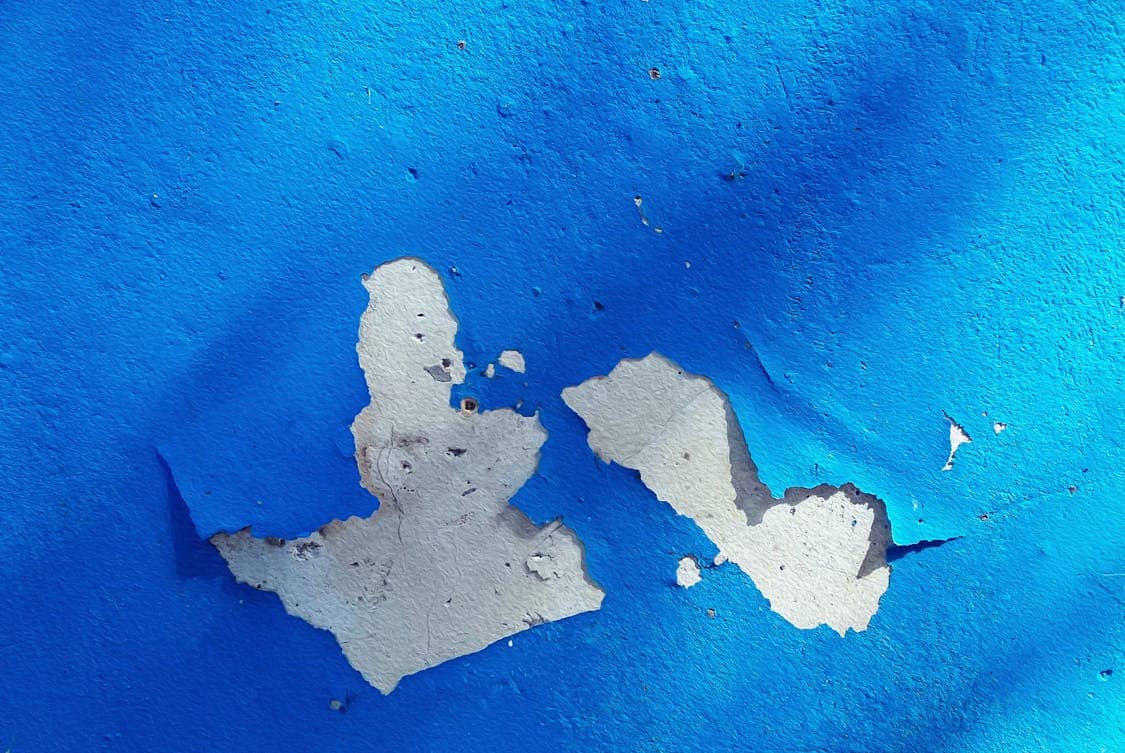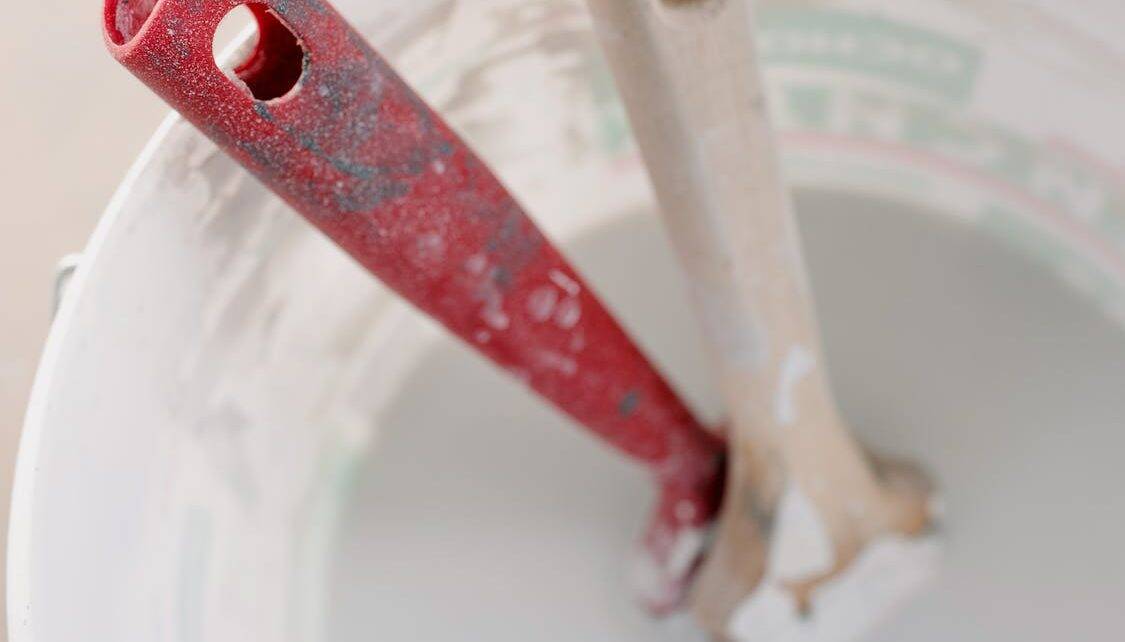Epoxy is a popular choice for various applications, ranging from flooring to boat building. Its strength and durability make it a go-to material for many projects. However, the success of an epoxy application heavily relies on how well the surface is prepared.
Neglecting this crucial step can lead to a series of issues that not only affect the aesthetics but also the performance of the epoxy. Let’s explore the consequences of inadequate surface prep and how to avoid them.
Poor Adhesion Issues
One of the primary concerns when epoxy is not properly prepped is poor adhesion. If the surface is dirty, greasy, or covered in dust, the epoxy may struggle to bond effectively.
This lack of adhesion can lead to peeling, flaking, or bubbling, which diminishes the overall integrity of the project. In the worst-case scenario, the epoxy may completely detach, leading to costly repairs and wasted materials.
Cleaning the surface thoroughly helps eliminate contaminants that can prevent a sound bond. Depending on the material, techniques may involve sanding, grinding, or using solvents.
Each method plays a role in ensuring that the epoxy adheres properly. Remember, epoxy bonds to the surface on a molecular level, so any barrier can disrupt this connection.
Aesthetic Flaws
Aesthetics matter, especially in projects like countertops or decorative flooring. If the surface is not prepared correctly, the epoxy may show imperfections like bubbles, unevenness, or discoloration.
These flaws can occur due to trapped air or moisture under the epoxy layer, which often results from poor prep work.
To achieve a smooth finish, it is essential to address any surface irregularities before applying epoxy. Sanding down rough areas and ensuring a clean, dry surface can help avoid these unsightly results. Once the epoxy is set, fixing these issues can be tedious and labor-intensive.
Increased Curing Time
Improper surface prep can lead to extended curing times. When epoxy is applied to a surface that hasn’t been adequately prepared, the chemical reaction may slow down, making it take longer to harden.
This delay can disrupt project timelines, impacting any subsequent steps or applications.
In some cases, the epoxy may remain tacky for an extended period, leading to frustration and potential rework. Ensuring that the surface is properly cleaned and prepped can help mitigate this issue, allowing for a quicker and more efficient curing process.
Structural Weaknesses
Epoxy is often chosen for its strength, but if the surface is not appropriately prepared, the resulting bond may be weak. This can compromise the entire structure, especially if the epoxy is used in load-bearing applications. Weak adhesion can lead to catastrophic failures, rendering the project unusable.
For example, epoxy used in boat building must withstand constant exposure to water and stress. If the surface isn’t prepared adequately, the bond can fail, leading to leaks or structural collapse.
Properly prepped surfaces ensure the epoxy can perform at its best, maintaining the integrity of the project.
Difficulty in Repairing Mistakes

When things go wrong with an epoxy application, the process of repairing it can become more complicated if surface prep was neglected.
Poor adhesion or aesthetic flaws might require complete removal of the epoxy and reapplication, which can be time-consuming and costly. Without a clean, well-prepped surface, the same issues may repeat, leading to a cycle of frustration.
Addressing mistakes early on with proper surface preparation can save considerable time and resources in the long run. It’s often better to invest time upfront in getting the surface ready than to deal with the fallout later.
Yellowing and Discoloration
Inadequate surface prep can also lead to yellowing or discoloration of the epoxy over time. This often happens when moisture or contaminants are trapped beneath the surface. As the epoxy cures or ages, these substances can react chemically, leading to unsightly changes in color.
For projects requiring a clear finish, like tabletops or art pieces, yellowing can ruin the intended look. Proper surface preparation ensures that no contaminants are present to interfere with the clarity and color integrity of the epoxy.
Increased Risk of Contamination
Improperly prepared surfaces can become a breeding ground for contamination. Any substances left on the surface, whether dust, oil, or moisture, can compromise the epoxy’s effectiveness. If epoxy is applied in such conditions, there’s a high chance that contaminants will remain trapped underneath.
This can lead to not just adhesion failure but also the risk of mold or mildew, particularly in damp environments. Ensuring the surface is clean and dry minimizes these risks significantly, making for a more durable and stable epoxy application.
Additional Costs and Labor
The consequences of improper surface preparation can lead to increased costs. Aside from the potential need for reapplication, additional materials and labor costs can add up quickly.
The time spent on fixing mistakes could have been invested in the initial prep work. To avoid costly mistakes, it’s best to consult professional epoxy installers in Sarasota area who can ensure every surface is properly prepped.
In commercial applications, these additional expenses can eat into profit margins, making it essential for businesses to emphasize proper preparation techniques. Investing in proper surface prep is more than just a good practice; it’s fiscally responsible.
Environmental and Safety Concerns
Improperly prepping surfaces can also lead to safety issues. If the epoxy application is used in environments where safety is paramount, such as flooring in commercial spaces, poor adhesion could lead to slips and falls.
Moreover, any lingering contaminants like solvents or adhesives not only affect the epoxy but can also pose health risks to those working in the vicinity. Hence, ensuring a safe and clean environment during surface prep cannot be overstated.
Long-term Durability Issues
With any epoxy application, long-term durability is a key consideration. Poor surface prep can significantly reduce the lifespan of the epoxy, leading to frequent repairs or replacements. For individuals or businesses looking to invest in quality materials, this can be a major drawback.
Over time, the natural wear and tear exacerbated by poor adhesion or intermittent structural weaknesses can lead to premature failure. Proper surface preparation sets the stage for a long-lasting bond, ensuring that the epoxy performs as intended over the years.




